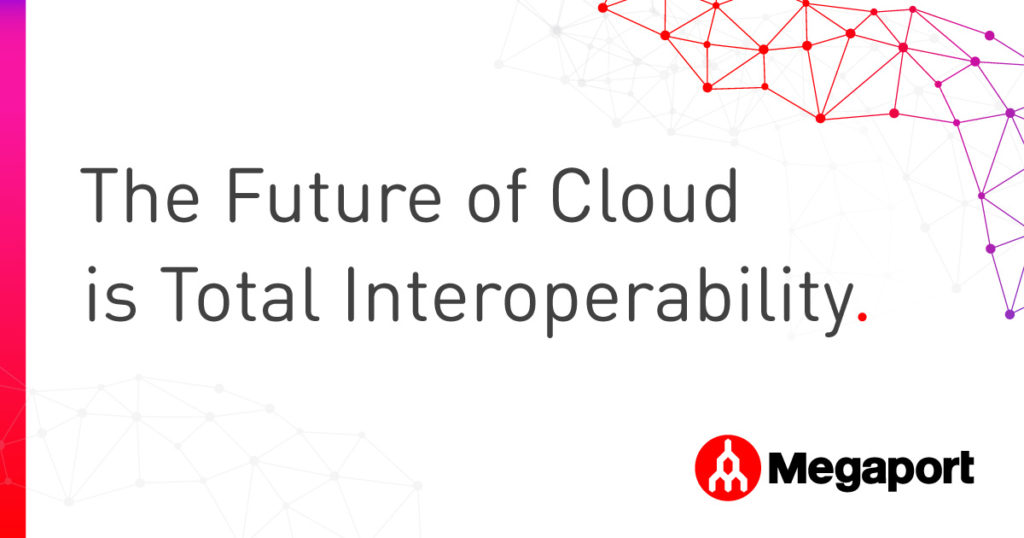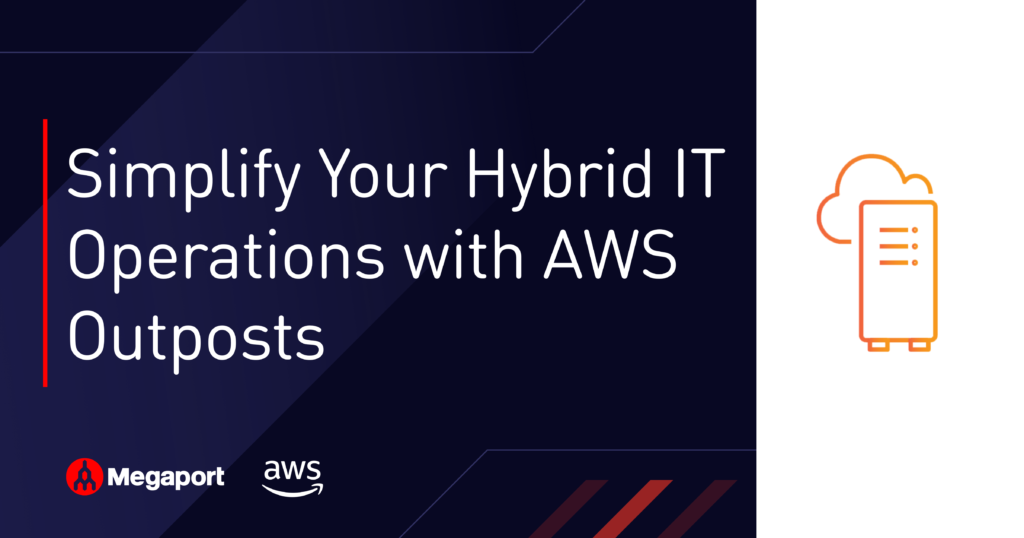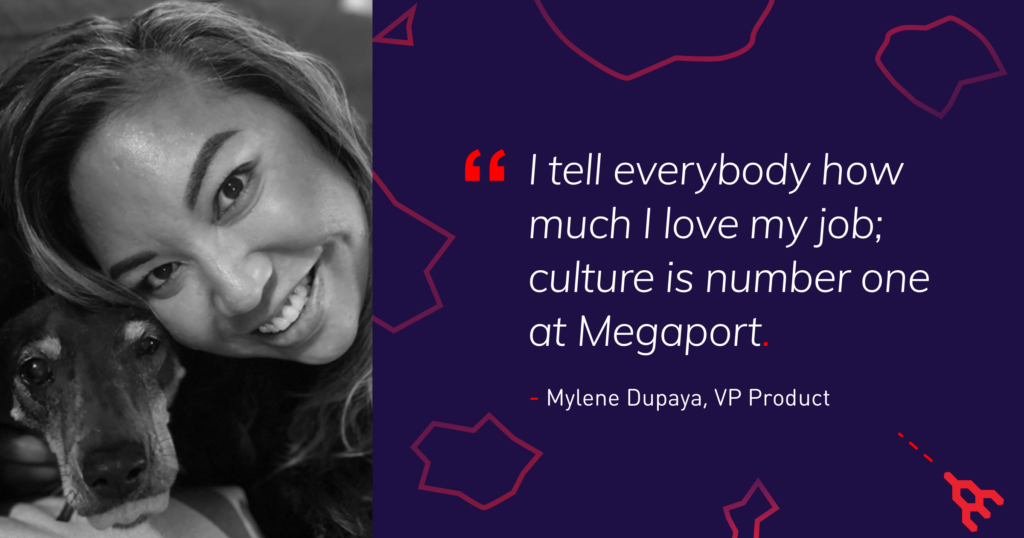
The Future of Cloud is Total Interoperability
- July 16, 2019
Why total interoperability is important for today’s cloud strategies and how you can achieve it.
Way back in 2009, a consortium of major IT companies worked together to produce the Cloud Computing Manifesto . It outlined key principles that all Cloud Service Providers (CSPs) should follow, putting an emphasis on the importance of openness and interoperability.
Right from the dawn of the modern cloud era, there has been a clear understanding amongst cloud leaders that interoperability is critically important to companies across all industries. But unfortunately, until now, that understanding hasn’t translated into action quite as broadly as once hoped.
While some cloud platforms have been built on common standards, many still don’t integrate and communicate with one another easily. The cloud dream of a single, manageable infrastructure where flexible tools can all easily work together as part of a connected ecosystem simply hasn’t manifested for millions of users.
Now, that might all be set to change. Clear cases for stronger interoperability in industries such as healthcare have pushed CSPs and other organisations to reaffirm their commitment to cloud interoperability , and take bigger steps to achieve this.
Hunger for hybrid and multicloud is leading to action from CSPs
The hybrid multicloud model has become incredibly popular with enterprise businesses in recent years. Its rise has shown CSPs that their biggest customers want them to work more closely with one another, and collaboration is critical to delivering what today’s businesses want from the cloud.
This clear rise in demand from enterprise customers is leading CSPs to explore new ways of opening up their services to one another, and facilitating easier communication between popular platforms and services.
Amazon , Google , Microsoft and more have all made significant steps forward in terms of creating and opening up new APIs for better data sharing between cloud platforms in recent years. As the trend towards hybrid multicloud continues, we fully expect to see more from all the world’s major CSPs as they continue to step up the interoperability of their offerings.
Healthcare demonstrates the societal need for interoperability
It’s also becoming clear that there’s a greater, societal need for better cloud interoperability emerging. Healthcare institutions, for example, need their systems and solutions to be able to easily talk to those of similar organisations so that they can work together on important research projects and ensure consistent care throughout the patient journey.
With the quality of medical research and care delivery on the line, a group of major CSPs has recently committed to adopting common standards for their healthcare solutions, and improving interoperability for all healthcare institutions.
In the group’s own words: “We are jointly committed to removing barriers for the adoption of technologies for healthcare interoperability, particularly those that are enabled through the cloud and AI. We share the common quest to unlock the potential in healthcare data, to deliver better outcomes at lower costs.”
For those in healthcare, that’s a hugely reassuring statement and commitment. But, for the rest of the world, it also shows that companies like Google, Amazon, and Microsoft are acutely aware of just how important cloud interoperability is to enabling innovation and supporting our cloud-powered world.
The lock has been broken
Historically, the biggest barrier to cloud interoperability has been the fact that Cloud Service Providers don’t stand to commercially gain much from it – in fact, they could potentially lose a lot by embracing it.
CSPs have engineered their tools and platforms to work together to further incentivise using them as your sole cloud partner. Customers want interoperability, and many cloud providers only deliver that between their own applications and services. That’s a problem for two reasons; it means that businesses often have to settle for inferior functionality, and it causes costly vendor lock-in that limits future tech choices.
New approaches to cloud connectivity such as Network as a Service (NaaS) are now helping to break that lock for many businesses. By enabling companies to connect to multiple CSPs directly through a single physical connection, NaaS partners are enabling businesses to ‘mix and match’ across cloud vendors and build their own multicloud environments.
On top of that, virtual routing capabilities are helping businesses create their own connections and leverage private peering between public cloud, infrastructure, and SaaS providers. Quite simply, businesses are taking interoperability into their own hands using simple, virtualised networking tools.
If you’d like to find out more about how Megaport can help you build and execute your own hybrid or multicloud strategy, and improve connectivity and interoperability across your cloud environments, contact us today.


